Continuing a fine tradition of atypical modelling topics used to focus on technique without the distraction of more familiar and precious assumptions
 As a ‘wake-up exercise’ on day two of the recent STEM User Group Meeting, we explored a classic ‘leaky bucket’ problem of water supply, concerning a huge filling reservoir (HFR).
As a ‘wake-up exercise’ on day two of the recent STEM User Group Meeting, we explored a classic ‘leaky bucket’ problem of water supply, concerning a huge filling reservoir (HFR).
Creating a simulation of the varying water level in the reservoir over an annual rainfall cycle required a careful distinction between instantaneous and aggregate transformation outputs and some manual intervention to classify correctly the output mode of one or two key Expression transformations.
The potential addition of new Previous,
Accumulation and Delta transformation types may facilitate a more natural expression of the logic which would remove the ambiguity about classification.
1. Managing water supply through the buffer of a reservoir
Consider a reservoir of maximum capacity = 5 million m3
(or cu m). (This is only 1km × 500m × 10m.) Imagine monthly rainfall varying between 4–20cm (subject to seasonal variation) over a collection area of 50 km2 (sq km), of which 50% trickles through into the reservoir feeder channels.
If we estimate the downstream supply rate for an average (subject to differently phased seasonal variation) of 100 litres per customer per day for 1m subscribers, then how ‘bursty’ can the weather be without either:
- the reservoir overflowing, or
- the reservoir drying up (and the downstream supply with it)?
1.1 Care when defining the traffic for a service
It is tempting to try setting up a service with an area of rainfall collection as the ‘connection’:
- Connections = 50 sq km
- Penetration = 50%
- Traffic per Connection = x cm
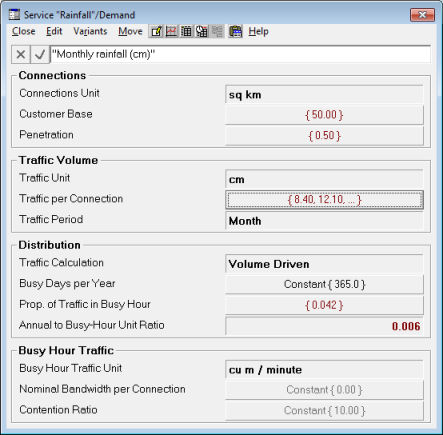
Figure 1: Rainfall per unit area is not the same as traffic per connection
However, this is not ideal as the Traffic result output would be measured in cm and the required 1000 × 1000 / 100 unit conversion would have to be factored in a separate transformation.
The traffic volume input should be entered in actual traffic units per (‘dimensionless’) connection.
We should work with monthly rain volume from the start, and we shall proceed with:
- Connections = 1 Catchment
-
Penetration = 1.0
-
Traffic per Connection =
Collection area (sq km) × 1e6 ×
Monthly rainfall (cm) / 100 ×
Retention proportion
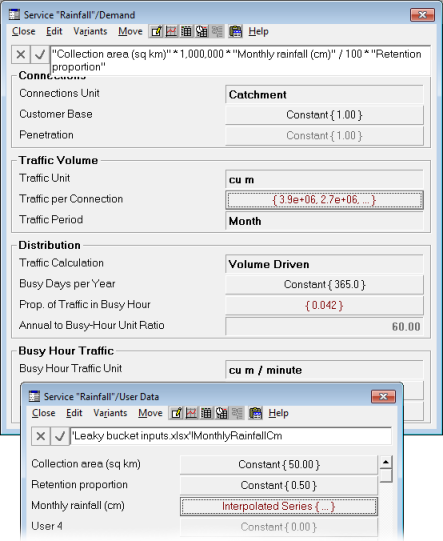
Figure 2: Working with monthly rain volume from the start
The traffic distribution reduces to flow in the (non-biased) busy hour. So we need to divide by 60 to measure
Busy Hour Traffic in cu m / minute.
1.2 Flow in and out of the reservoir
Consider for the reservoir, each month, the flow of water in, fi, and the flow of water out, fo. We can simulate the ongoing volume of water (or water level) in the reservoir, vol , in terms of:
- its capacity, cap = 5,000,000 cu m
- the flow down of rainfall from the catchment area, fd
- the flow required by customers,
fr
- the volume at the end of the previous period, vol’.
It is not hard to write out the following difference equations:
- vol = vol’ +
fi
– fo
-
vol’ =
prev
(vol)
-
fi =
min
(fd, cap – vol’ + fo)
limited either by actual rainfall or remaining available capacity
- fo =
min
(fr, vol’ + fi)
limited either by actual customer demand or current water level
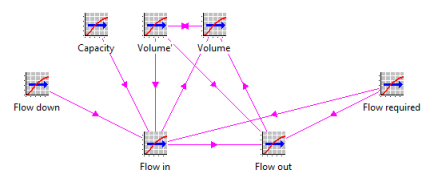
Figure 3: Graphical representation of the dynamical system
1.3 Removing the inherent circularity
From the equations and associated commentary, it is clear that there is a mutual dependency:
- the flow out may be limited by the flow in if the water level is low
- the flow in may be limited by the flow out if the water level is high.
But only one limit applies, depending on whether there is more or less rain than demand. So a closed solution exists in both cases and these can be reconciled with a conditional expression:
- if there is less rain than demand, then all the rain can flow in
- if there is more rain than demand, then all the demand is satisfied.
This allows for a convenient substitution in either case:
- if (
fd
< fr)
- fi
= fd
- fo
= min (fr, vol’ + fd)
substituting fd for fi
-
else (fd
≥ fr)
- fo
= fr
- fi
= min (fd, cap – vol’ + fr)
substituting fr for fo.
So we can write:
-
fi =
if
(fd < fr, fd, min
(fd, cap – vol’ + fr) )
-
fo =
if
(fd ≥ fr, fr,
min (fr, vol’ + fd) )
As the circularity is already removed, we can leave fo more economically as-is:
-
fo
= min (
fr
, vol’ +
fi
)
1.4 Aggregate and instantaneous transformations
Even though the units throughout are cu m, the flows are aggregate (in period) while
Volume and Volume’
are instantaneous measures. (See the proceedings of the
STEM User Group Meeting
for a similar example of relative and absolute distances for a mountain bike, all measured in km.)
However, there are no reliable clues in the formulation of the respective transformations: so far everything ‘looks aggregate’ to STEM (at least by default). So we have to ‘help’ classify
Volume
as instantaneous (in order to get the correct consolidation of results). The classification is inherited by Volume’, and then we have to also override the ensuing warnings for the subsequently mixed inputs to
Flow in
and Flow out.
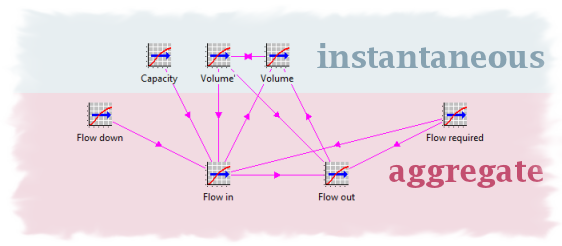
Figure 4: Contrasting output modes
Please contact Implied Logic Support
if you need help with similar issues in your own models.
1.5 Limitation and unsuitability of the Time Lag transformation
This model (and specifically the link from Volume to
Volume’ ) would be fine running in years; but the Time Lag
transformation does not support a sub-annual lag, and even if it did, what you really want is the immediately previous period, regardless of its length.
As a temporary workaround, the model described here uses a specially modified copy of STEM which allows an input of
Time Lag = –1
and which it understands to signify that it should return the value of its
Volume
input from the immediately previous period, regardless of whether the model is running in months, quarters or years:
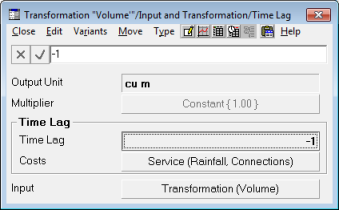
Figure 5: Using a specially modified
Time Lag
transformation pending the addition of a Previous type
It is clear that a new Previous
transformation type would be useful for such aggregate models. Like the
Time Lag, it would require a separate Costs
input to avoid any circular cost allocation structures, but there is no obvious requirement for it to support more than ‘one step back’.
1.6 What comes in must go out
To avoid warnings at run-time, our final transformation(s) must drive a resource to ‘sink’ the demand. We assume a capacity of 1 cu m per minute (using an
implicit time factor).
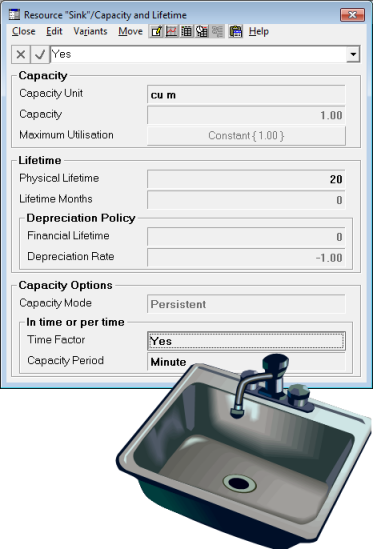
Figure 6: Defining persistent resource capacity with an implicit time factor to match a flow rate
Of course STEM will under-estimate the number of Sink
resources required if their capacity is assumed to be fully utilised (i.e., water draining all day long)! In order to install a valid number of
Sink
resources, we would need to define a suitable Deployment:
- Sites = Customers.Size
- Distribution = Extended Monte Carlo
2. Metering the incidence of overflow
Based on its assumptions of seasonally varying rainfall (most in February) and consumption (most in August), with a randomised slant to the rainfall, the model calculates monthly results for the various flows modelled and the actual water level.
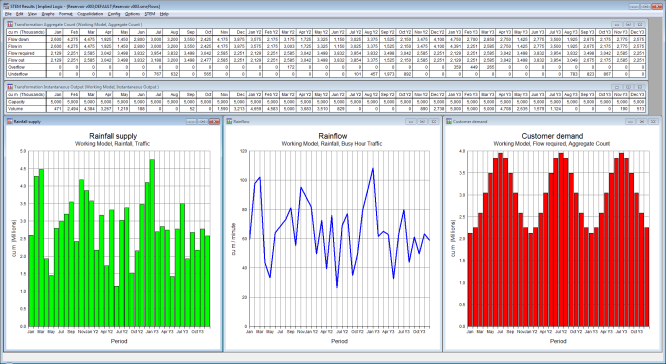
Figure 7: Seasonal rainfall (unpredictable) and customer demand
We can further monitor the Overflow = fd – fi and
Underflow
= fr – fo
to meter how much water is lost and does not transition through the system in the winter, and to what extent the reservoir cannot meet the demand from customers in the summer.
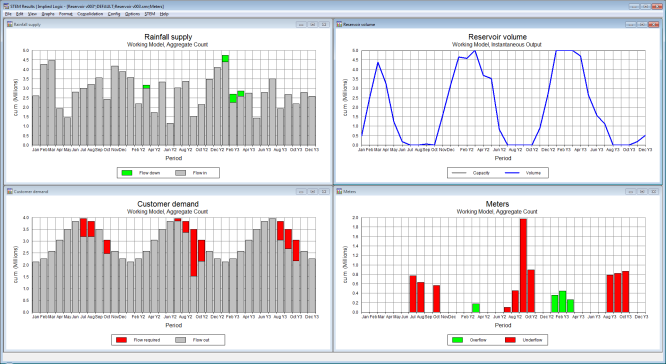
Figure 8: Reservoir level, rainfall overflow and demand underflow
3. Allowing for an expansion chamber
An alternative formulation of the classic ‘leaky bucket’ algorithm adds an expansion tank to the system. Excess rainfall is stored (queued) upstream from the reservoir and then passed through the system during a later lull (analogous to ‘traffic shaping’ in a communications system). In order to structure this extended problem, we consider:
-
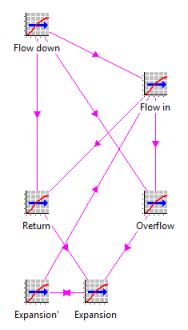 the volume of water in the expansion chamber, exp
the volume of water in the expansion chamber, exp
- any flow presented to the reservoir later, return
- the volume at the end of the previous period, exp’.
Thus we can write (with modifications shown thus):
-
fi =
min
(fd + exp’, cap –
vol’
+ fo)
modified to allow for any return from the expansion chamber
-
fi =
if
(fd + exp’ <
fr,
fd
+ exp’, min (fd
+ exp’, cap – vol’ +
fr) )
ditto for the conditional version
-
overflow =
max
(0,
fd
– fi)
now possible for fi to exceed fd
-
return =
max (0,
fi
– fd)
-
exp = exp’ +
overflow
– return
-
exp’ =
prev
(exp)
Then you can see in the updated results the rainfall overflow, expansion, return and thus reduced underflow (to end customers at the summer peak). The overflow in Jan–Mar is returned in the subsequent lull of Apr–May. The expansion chamber fills, and then empties when the overflow is over. The next underflow or shortfall is mitigated by the return from expansion.
The Overflow
variable now meters how much water is queued to transition through the system later.
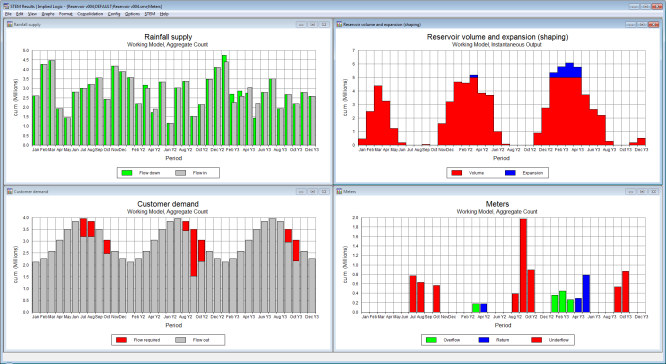
Figure 9: Rainfall overflow, expansion, return and reduced underflow
Compare this with the results if the expansion facility is disabled. Overflow in Jan–Mar is not returned in the subsequent lull of Apr–May. So the next underflow or shortfall is worse for loss of return from the expansion chamber.
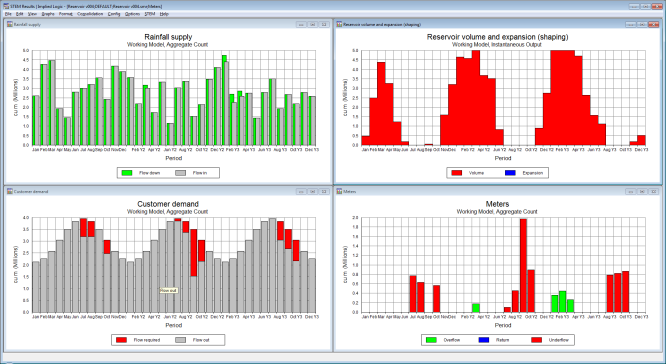
Figure 10: Corresponding results if expansion is disabled
4. Addressing the issues about classification of output mode
Working through the logic so far required manual intervention in two places:
- to signal to STEM that the Volume
transformation should be aggregate, and
- to override the warning about mixed inputs to the Flow in / out transformations.
These issues suggest two further new transformations, in addition to the
Previous
type already mentioned.
4.1 Encapsulating and classifying an accumulation function
The Volume transformation uses a reference to
Volume’
to calculate a cumulative value, vol = vol’ + fi –
fo, and we have used the same approach for Expansion. This result could be achieved more elegantly using the prevThis()
function, vol = prevThis (0) + fi –
fo.
This would remove the circularity (and the ‘clashing’ links both ways) and also allows for the definition of the initial volume in the reservoir. The ‘previous’ element,
Volume’, need only be added if required for other calculations (as it is here).
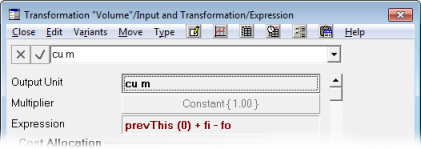
Figure 11: Using the prevThis()
function to make an implicit reference to the previous value
Better still would be to have a new, purpose-designed Accumulation
transformation type (strictly, an accumulation over time) which would avoid requiring specialist knowledge of the prevThis()
function. It would also need an Initial Value
input, like the prevThis()
function it would replace, but crucially it would be designed to expect an aggregate input and make its output instantaneous, thus obviating the need for one manual intervention.
Note: the ‘previous’ element would be obsolete if an alternative
Previous Output
basis were available when selected as a transformation input. However, this was frowned upon at the recent STEM User Group Meeting where the consensus was that such an approach would obfuscate the logic compared to the greater visibility of an explicit
Previous
transformation.
4.2 Recognising a delta when you see one
The Accumulation idea also suggests a converse
Delta transformation type which would expect an instantaneous input and make the output aggregate, defined as
input
– input’.
However, this would not have helped classify the more complex expression for fi :
-
fi
= if (
fd
+
exp’
<
fr
,
fd
+
exp’
, min (
fd
+
exp’
,
cap
–
vol’
+
fr
) )
with its instantaneous /
aggregate
inputs.
The strict rule in STEM 7.3 is that the inputs considered by an expression transformation must all match on output mode (either instantaneous or aggregate). Once we override this constraint for
fi, STEM then correctly determines this must be aggregate as at least one of the inputs is aggregate.
The new transformation types suggested above would address the most common cases where STEM can’t determine the output mode automatically, and then the ‘aggregate if any input aggregate’ rule might be sufficient in all other cases.
5. Summary and applications more relevant to telecoms
With only minor modifications, we have a leaky reservoir model which generates realistic results for both
Meter
and Queue modes:
- the addition of a Previous transformation
- manually classifying the Volume transformation as instantaneous
- relaxing the strict consistency checking of inputs for fi .
Leaky bucket algorithms like this are commonplace in the design of traffic management for packet-switched networks, although evidently a much shorter sampling period would be required to model this aspect of an ATM switch in STEM!
 Another more relevant and credible telecoms example would be a queue of incoming customer requests for service activation:
Another more relevant and credible telecoms example would be a queue of incoming customer requests for service activation:
-
fd
would represent requests
-
fr
would represent fulfilment.